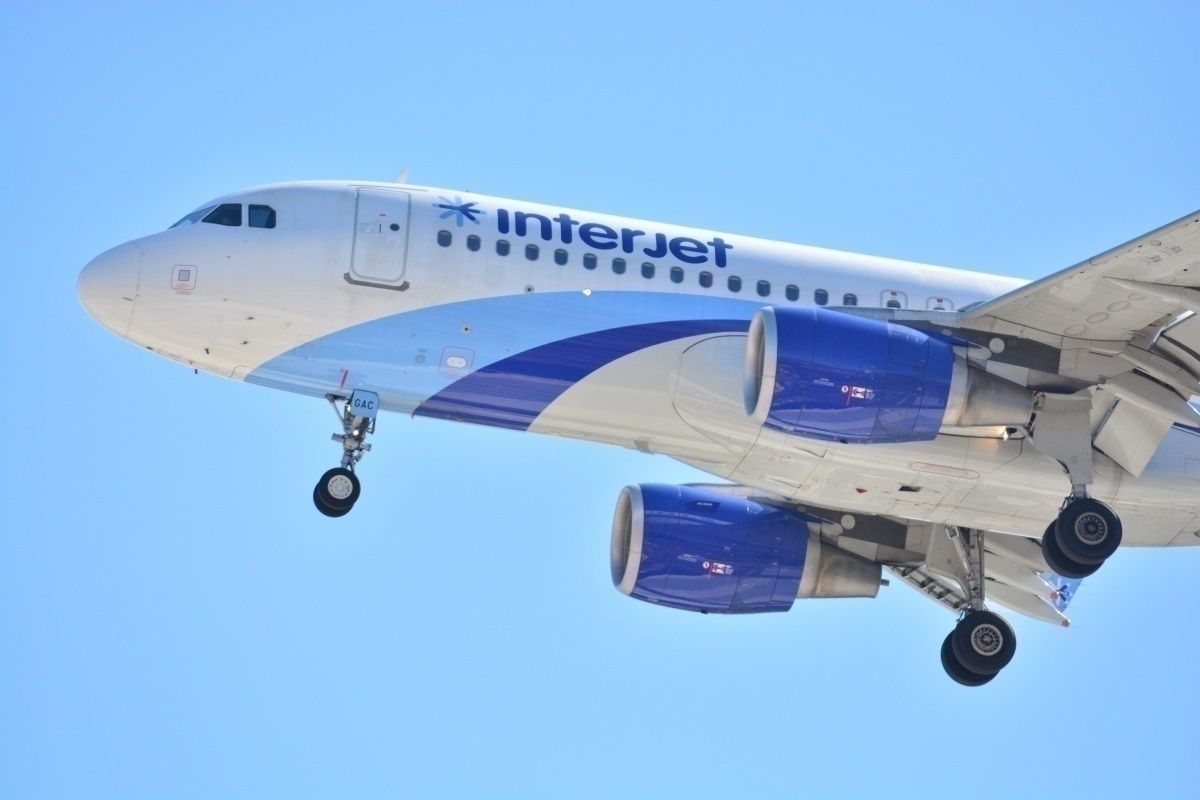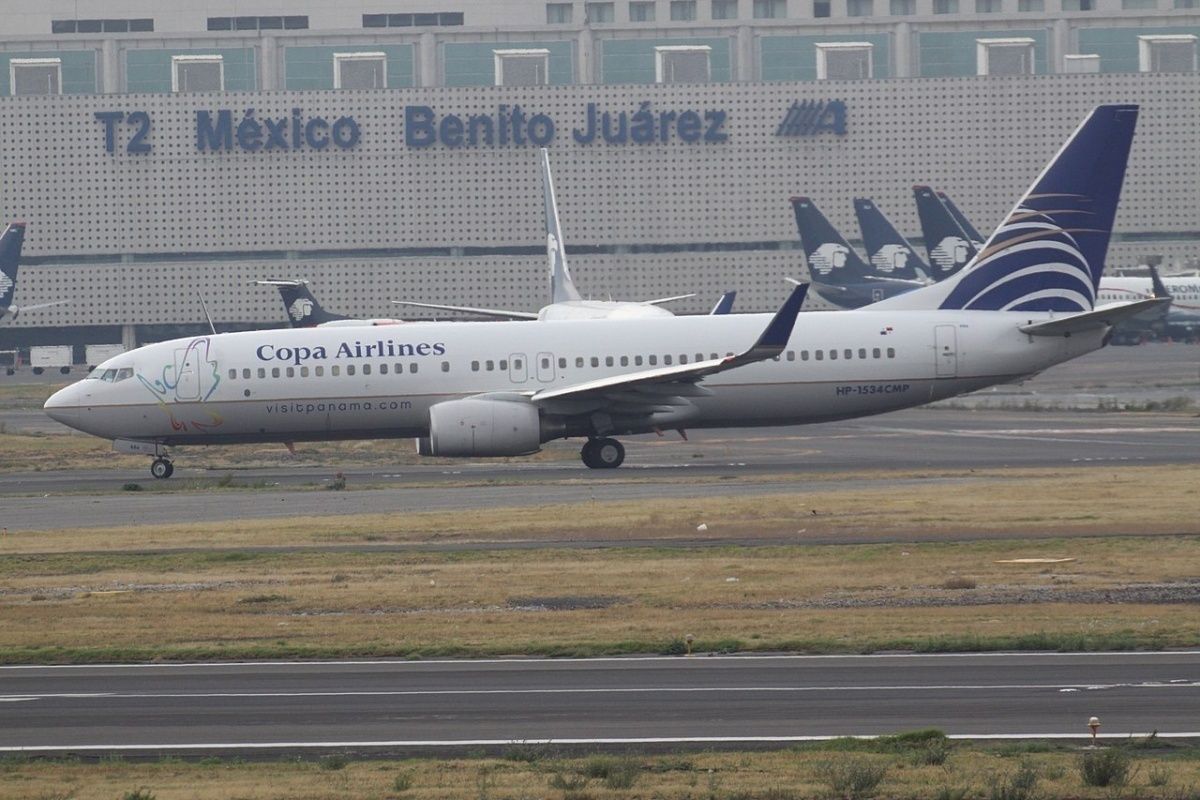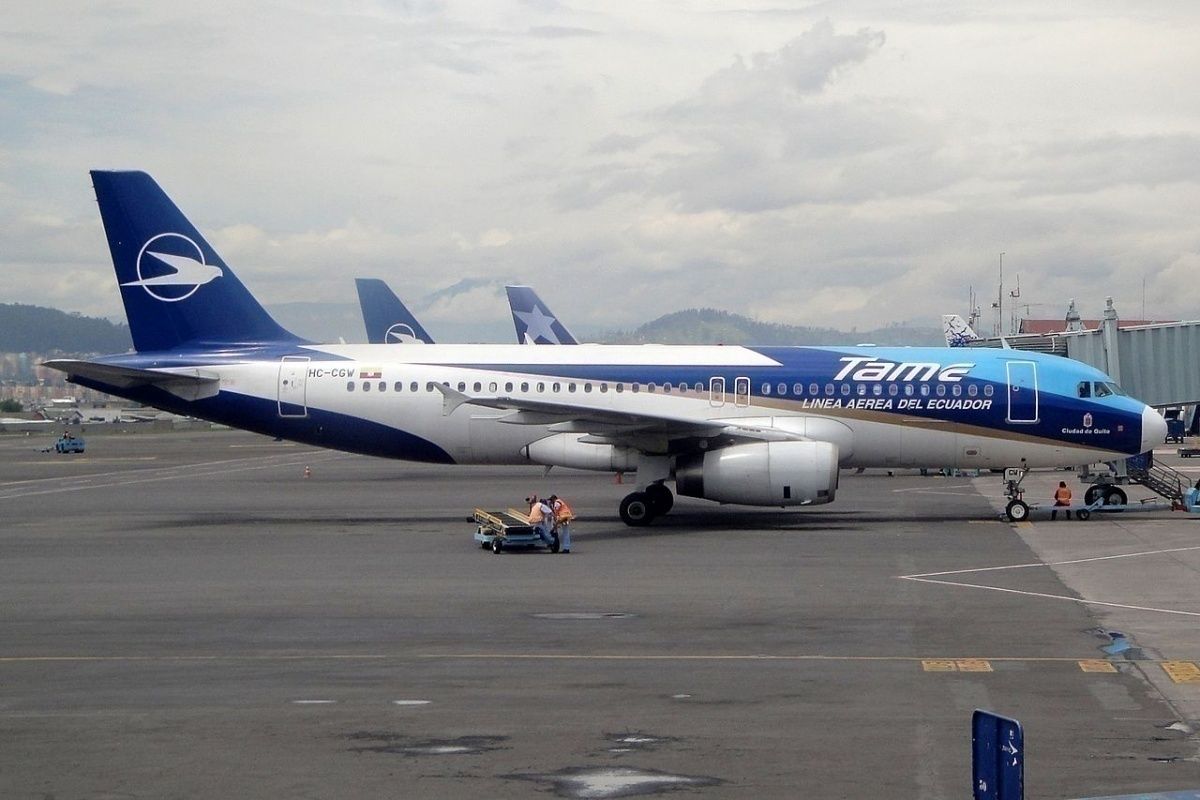The coronavirus pandemic will affect the fleet size of airlines all over the world. We've seen airlines like Lufthansa, American and others start to park some of their aircraft permanently. But what about Latin America? How are the fleets in the region going to change? Let's investigate further.
No Latin American airline has officially reduced its fleet
As of 20 April, no Latin American airline had made an official announcement regarding a reduction of the size of their fleets.
This may be due to several reasons. The first is the fact that most airlines in the region focus on domestic or interregional travel. As we know, domestic tourism will bounce back sooner than international demand. So, maybe Latin American airlines are waiting to see what happens in the coming weeks.
Still, we have seen some signals to suggest that fleets are going to change. The Brazilian airline, GOL, could let some leasing contracts expire. This would allow the carrier to reduce its fleet from 130 airplanes to 100.
Last year, Copa Airlines announced it would retire its Embraer fleet. While the Panamanian airline hasn't updated on the subject, it is fair to think that it will continue with this strategy.
As Copa's CEO said, after the crisis, the airline will resemble more how it was in 1992 than how it was in 2019. So, while it may not receive its Boeing 737 MAX new units, Copa will try to get rid of some of its airplanes to deal with the fall of international demand.
Latin American fleets are not old
Another explanation as to why airlines are delaying an announcement on the subject is their planes' age. The fleets in the region are younger than the fleets in Europe and North America.
For instance, in recent years Aeromexico retired its older B777 airplanes and now has a Boeing 787 Dreamliner fleet. Aerolíneas Argentinas recently retired its final A340.
Avianca ended 2019 with one-off costs of $894 million. Among other initiatives, the airline sold 10 Airbus A318, four A320, and 10 Embraer E190. This helped Avianca's restructuring and reduced its fleet size. There's been a regional effort to buy new airplanes.
Still, the Latin American and Caribbean Air Transport Association's CEO said that the fleets in the region will be smaller.
"The companies will have fewer airplanes, fewer employees, and fewer destinations. These measures will allow them to retake the growth they had and come back to the levels seen in December 2019," Luis Felipe de Oliveira said. He added that Latin America would recover from the crisis by December 2021.
Will all of them recover?
Currently, no airline in Latin America has filed for bankruptcy due to coronavirus. But a few airlines could still disappear in the coming months. Or, at least, they will change dramatically.
Interjet is the first to come to mind. At the beginning of the year, the Mexican low-cost airline had a fleet of 66 Airbus planes and 22 Sukhoi. Now, Interjet has 13 A320, one A321, and 22 Sukhoi. If Interjet comes out of the crisis alive, it will look remarkably different.
Very likely, Interjet will have to reduce and cancel a good bunch of its previous routes. Maybe it will have to abandon its South American destinations and focus more on Mexico and the US. And maybe, just maybe, it will have to relaunch more flights with its parked Sukhoi fleet. It already belongs to the airline, so why not use it, if possible?
Another example of an airline that could disappear is TAME Ecuador. According to local newspapers, IATA suspended TAME on 7 April due to a lack of payments.
Finally, Wingo could also be on the spot. It is not Wingo's fault; it is more actually just bad luck. Its parent, Copa Airlines, will probably have no room to keep the low-cost carrier after the crisis ends. It means Copa Airlines will have to withdraw from the Colombian market, leaving room for Avianca and Viva Air to consolidate in it.
What changes do you expect to see in Latin America? Let us know in the comments.



